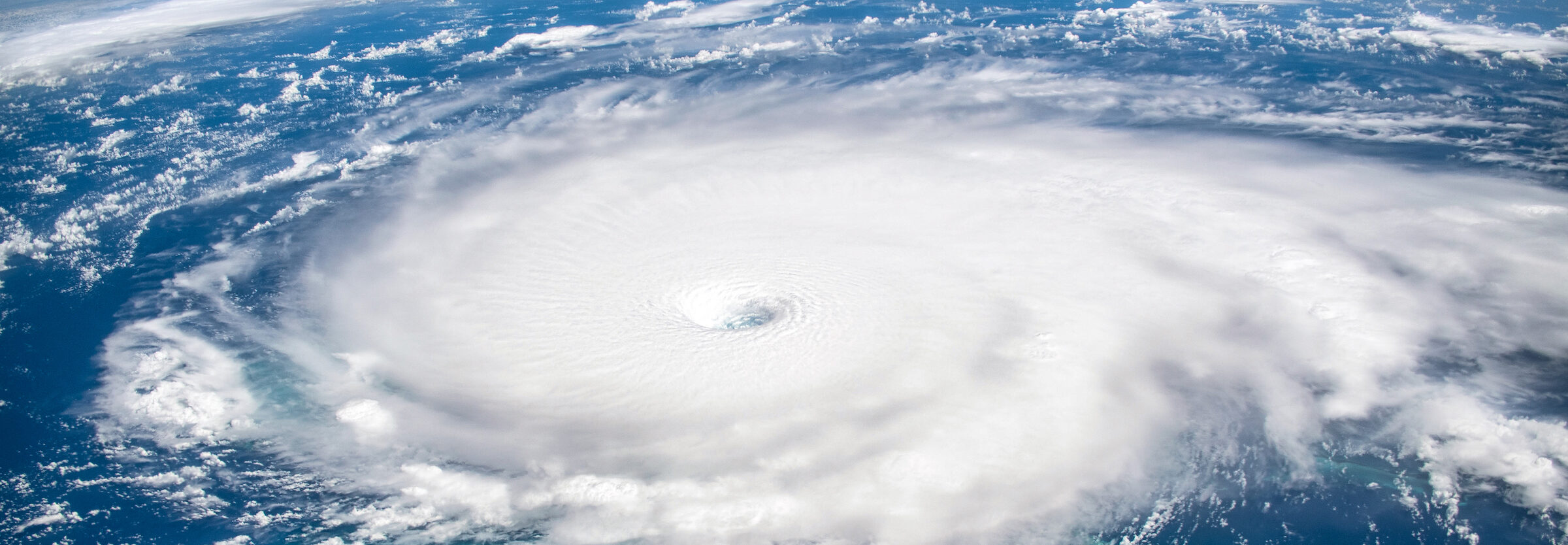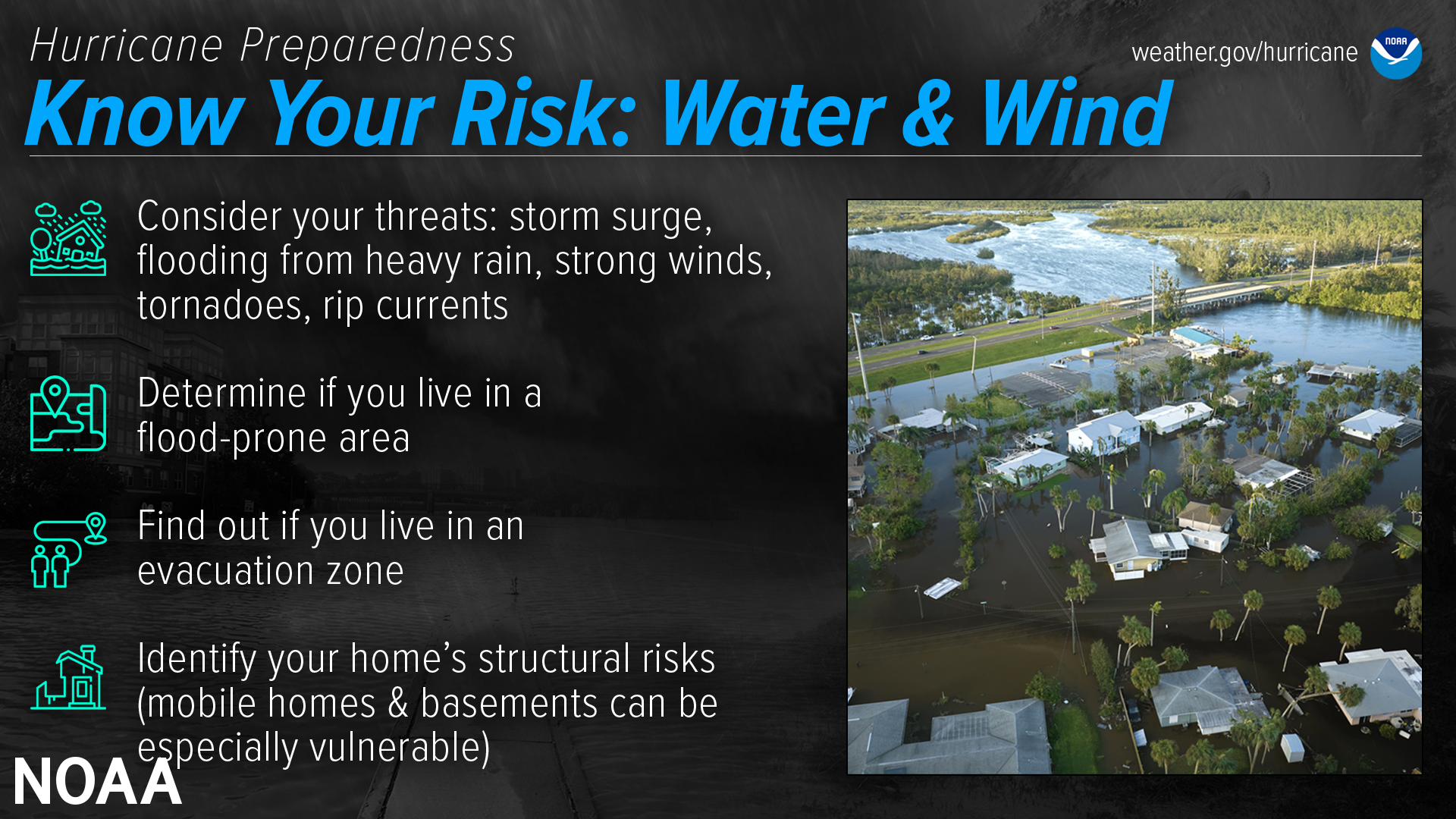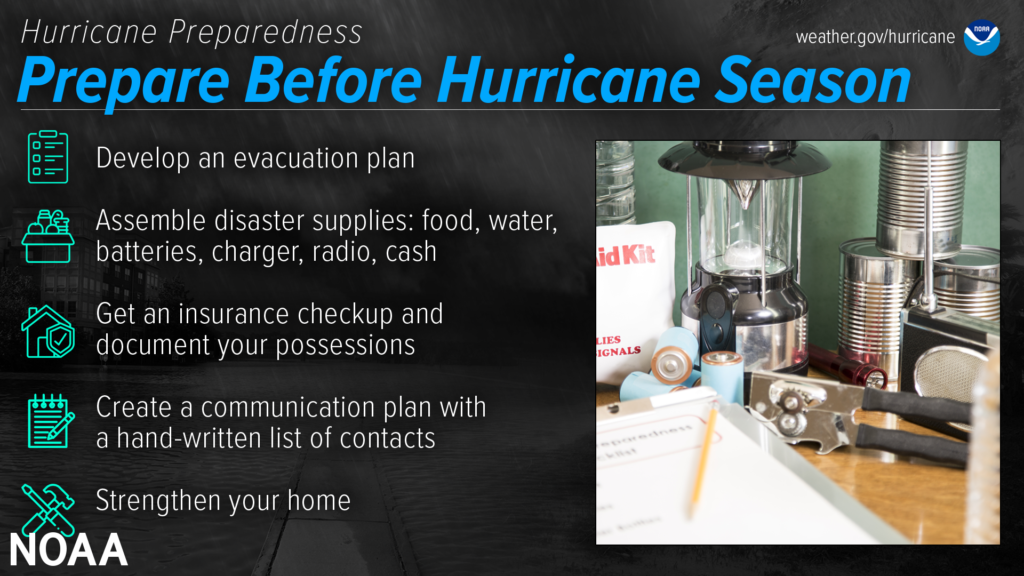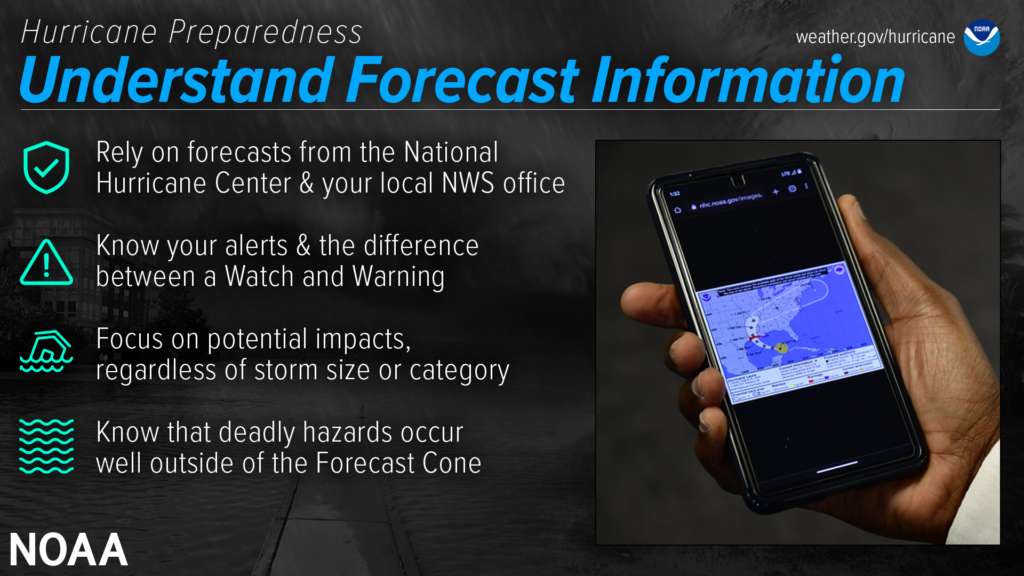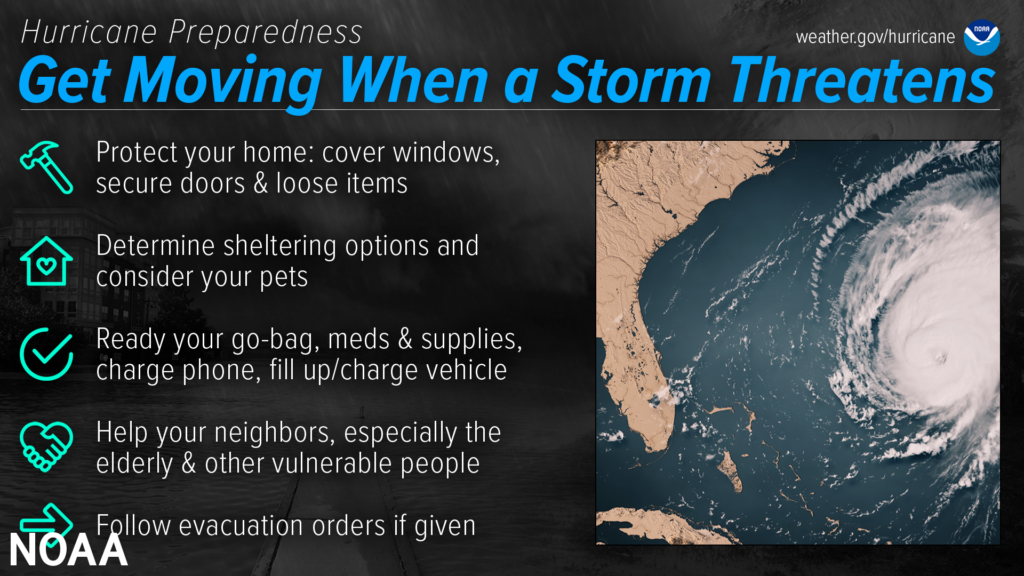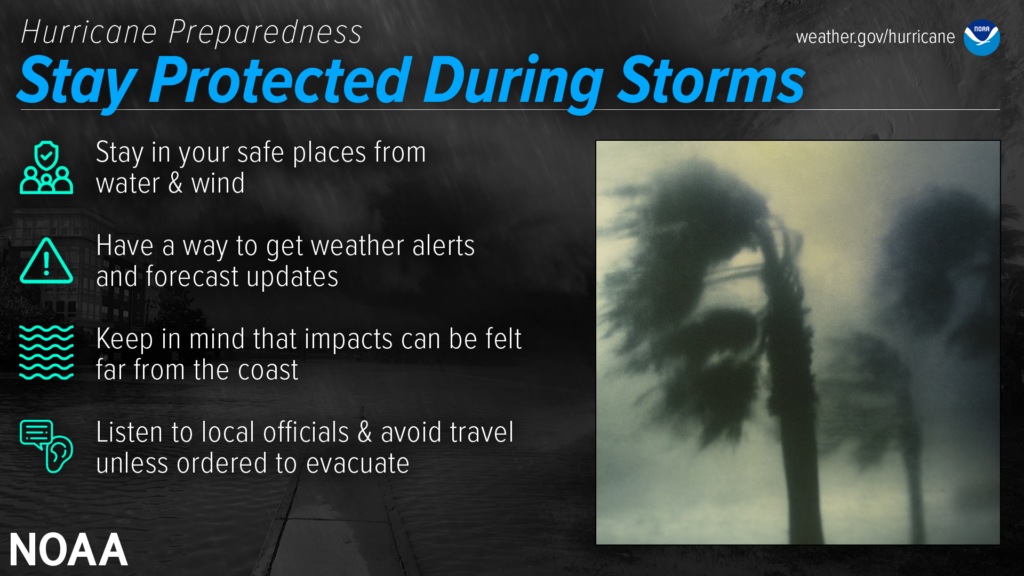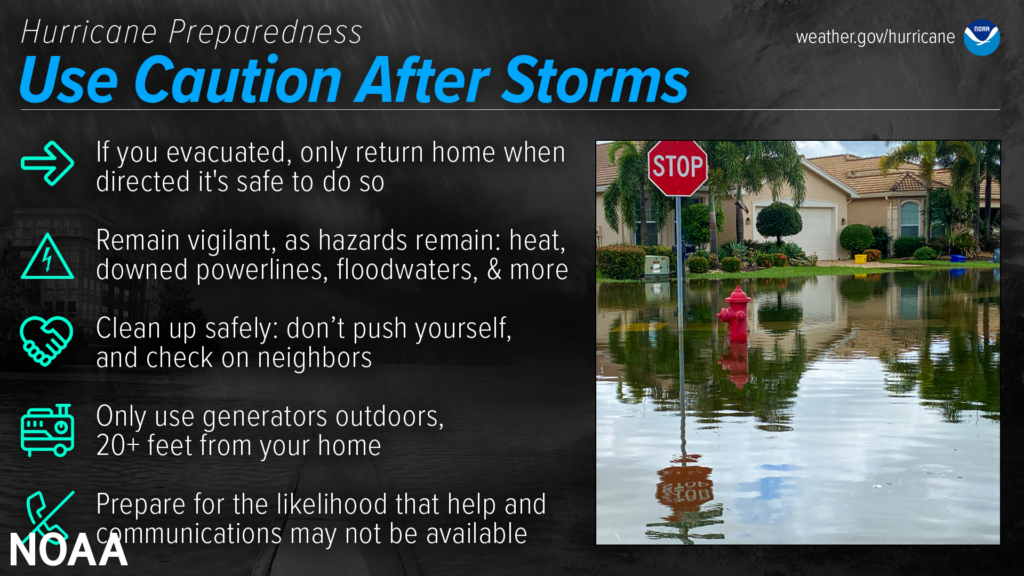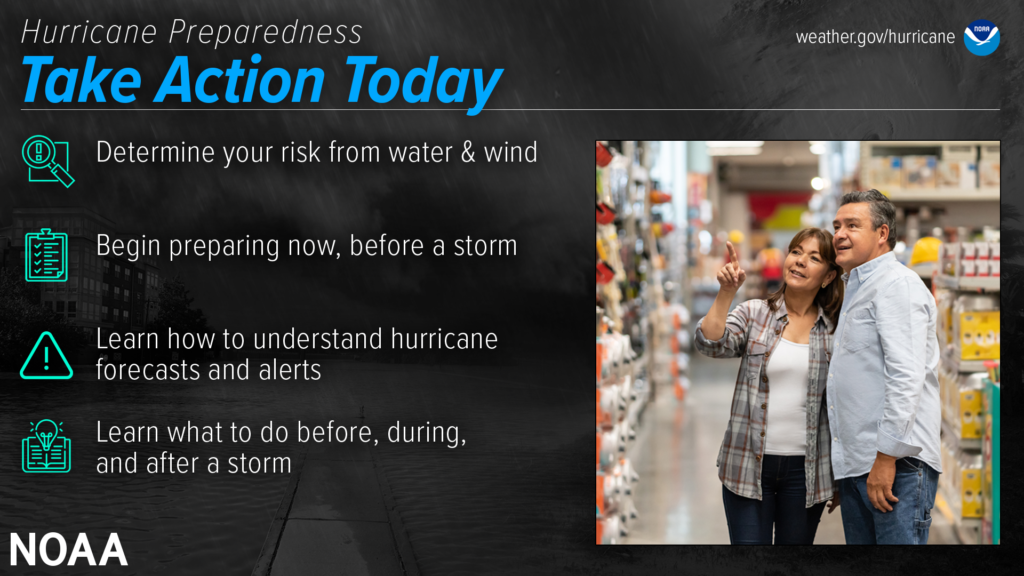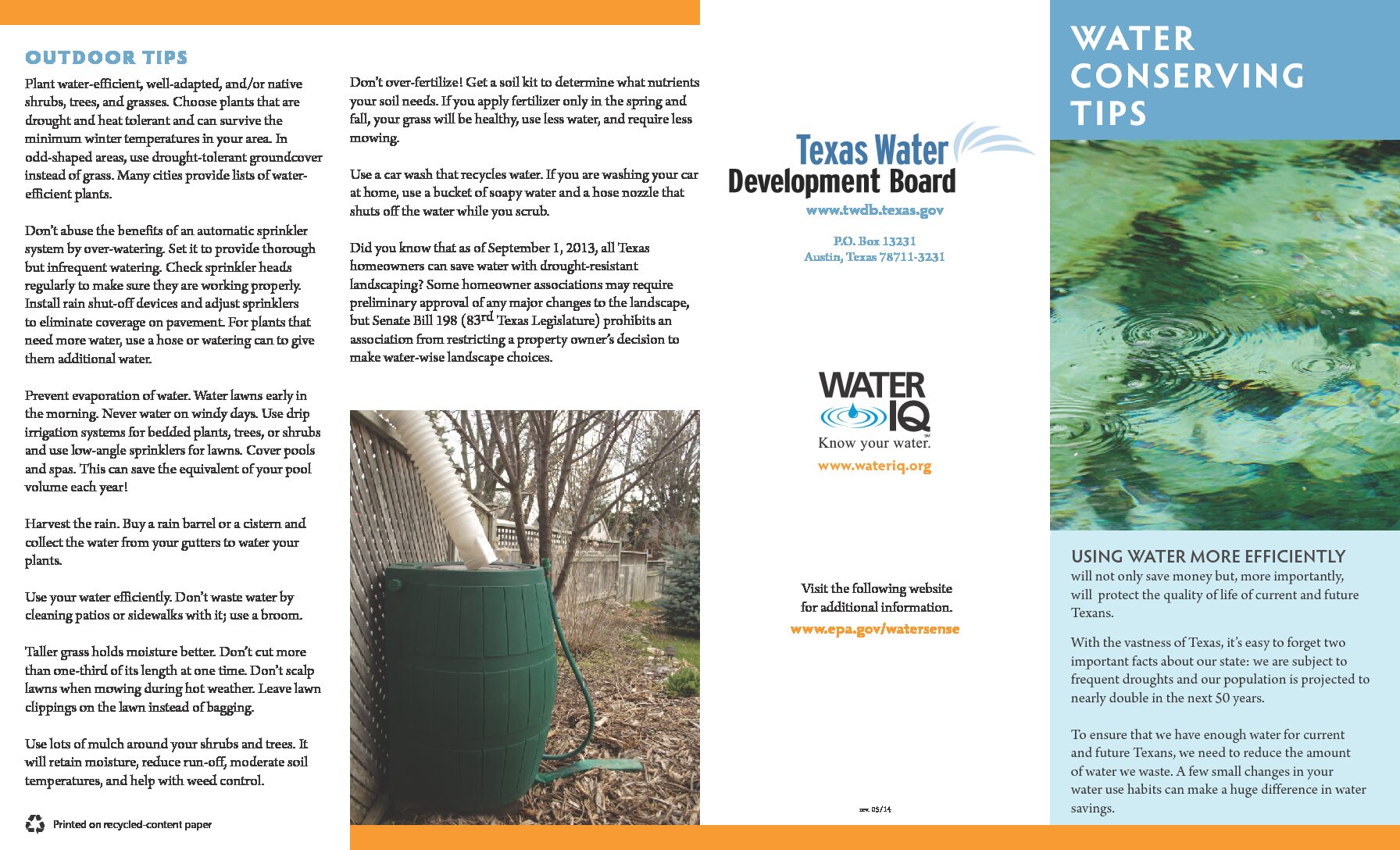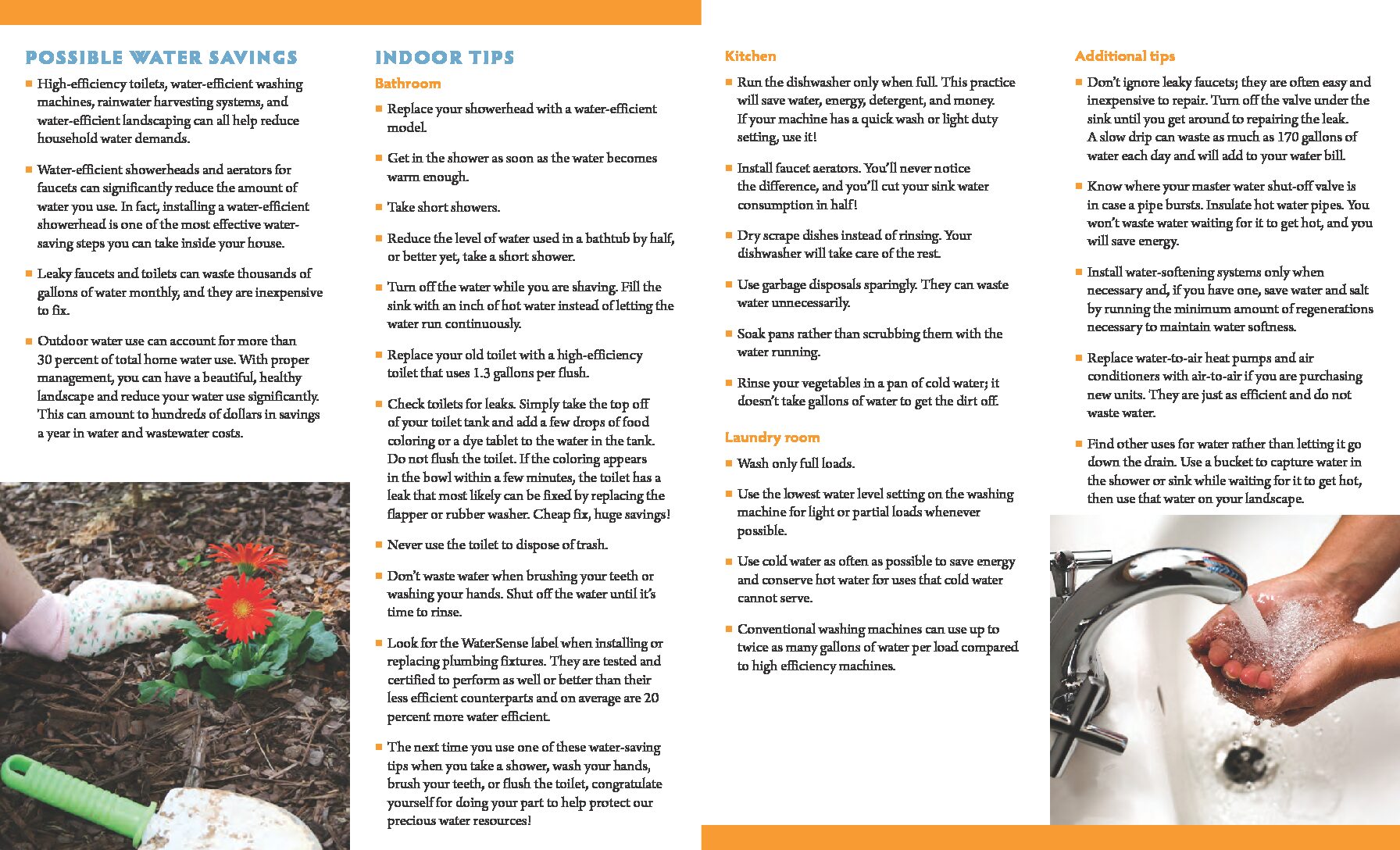Best Trash Service Delay
Due to the impending storm and out of an abundance of caution for our employee’s safety, we regret that we are not able to run the routes on Monday, July 8, 2024.
- If your trash collection day is normally Monday, we will return on Thursday, July 11, to collect your trash.
- If your recycle collection day falls on Monday, we will return Monday, July 15, to resume recycle collection.
Best Trash hopes everyone stays safe during this time.
If your can/bin has already been placed curbside, we ask that you bring it in until the next pick-up day
The District’s website will be updated, as needed, with information regarding weather and storm warnings, flood risks, and any possible impacts to facilities or drainage as a result of severe weather. This will ensure that you have the most recent information as it relates specifically to your District.
Additionally, ensure that you have the most recent information as it relates to Cypress Hill MUD 1 by signing up for the Email Alerts.

